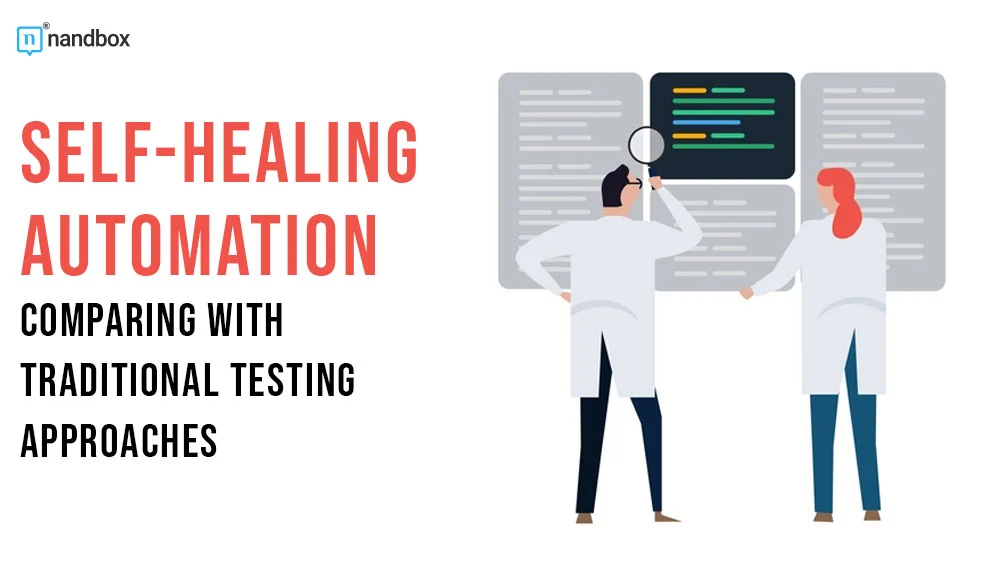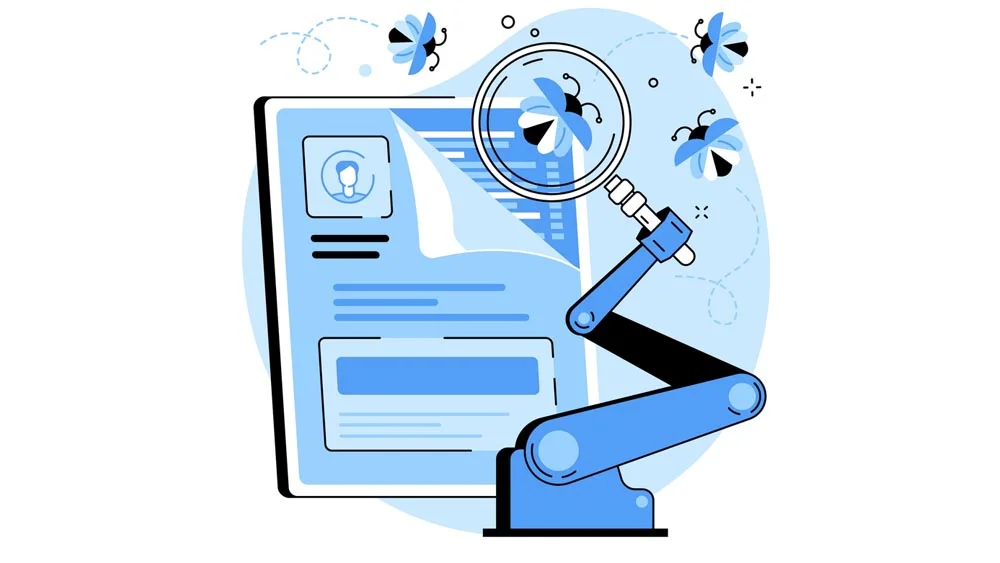Automated testing is essential for assuring application quality and dependability. Traditional methodologies are insufficient for sophisticated application systems. Self-healing automated testing offers a solution to these challenges. This blog explores the differences between self-healing and traditional automated testing approaches, providing insights into their advantages, disadvantages, and use cases. The comparison aids organizations in determining the most suitable strategy for their needs and enhancing their testing processes.
Understanding Traditional Automated Testing
Traditional automated testing uses pre-scripted tests to check application functionality. Developers or testers write these tests, and testing tools execute them automatically. This eliminates the need for manual testing, saving time and effort.
Traditional automated testing offers several advantages. It excels at performing repetitive tasks accurately and efficiently, making it perfect for regression testing and preventing the introduction of bugs into existing features. Moreover, these tools have established themselves well in the industry, providing strong frameworks and extensive integration options.
Traditional automated testing has limitations due to fragile test scripts that can easily break with changes in the application’s user interface (UI) or underlying code. Maintaining these scripts can be costly as they need frequent updating to align with application changes. Traditional automated tests may fail to adjust to dynamic and complex application environments, resulting in inaccurate outcomes.
Benefits
Traditional automated testing is essential for application development because it offers multiple benefits, including efficiently executing repetitive tasks. It allows for the quick and consistent running of numerous test cases, which makes it particularly suitable for regression testing. This ensures that new code changes maintain application stability and reliability by preventing the introduction of bugs to existing functionality.
Automated tests remove human variability, ensuring consistent and repeatable results. This improves defect detection accuracy and minimizes the risk of overlooking critical issues.
Traditional automated testing tools are widely accessible and established. They feature strong frameworks and community support, enabling simpler implementation and integration into existing workflows. This availability of resources allows teams to swiftly start using automated testing tools without the complexity of newer technologies.
Traditional automated testing frees up human resources by automating repetitive and time-consuming tasks. Testers can then concentrate on more complex and exploratory testing, which demands human intuition and creativity.
Traditional automated testing improves testing efficiency, accuracy, and resource allocation, making it a dependable option for ensuring application quality in various development environments.
Introducing Self-Healing Automated Testing
Self-healing automation testing is a new approach that solves the challenges of traditional testing by automatically adapting to application changes. These tests can identify and fix issues in real time through advanced algorithms and AI techniques.
Self-healing testing recognizes patterns and intelligently adapts when a test fails due to application changes. Using machine learning algorithms, it can locate new UI elements and continue tests without breaking, reducing maintenance and improving test stability.
Self-healing test automation tools are resilient to changes, making them ideal for frequently updated applications. They offer detailed insights into test failures, enabling developers to address issues efficiently. Self-healing testing, powered by AI and machine learning, improves test coverage, reduces downtime, and enhances application quality.
Benefits
Self-healing automated testing is highly beneficial for modern application development due to its reduced maintenance effort. Unlike traditional automated tests, it eliminates the need for frequent updates when there are changes in the application’s user interface or underlying code. Self-healing tests adapt to changes, reducing maintenance time and resources.
Enhanced stability is another key benefit of self-healing tests. These tests are designed to immediately recognize and adapt to real-time modifications, reducing test failures caused by minor changes in the application. As a result, there are fewer false positives and negatives, ensuring more reliable and accurate test outcomes.
Self-healing test automation is highly adaptable and can easily handle dynamic and complex application environments by utilizing artificial intelligence(AI) and machine learning (ML). This makes it ideal for applications that require frequent updates and modifications.
Self-healing Automated testing enhances efficiency by minimizing manual intervention and reducing downtime caused by broken tests. This allows development and testing teams to prioritize innovation over routine maintenance tasks.
Self-healing automated testing improves the reliability of automated testing, resulting in higher application quality and faster delivery times.
Comparison of Self-Healing and Traditional Automated Testing
To better understand the differences between self-healing automation and traditional automated testing approaches, let’s delve into a detailed comparison based on several key factors:
| Feature | Traditional Automated Testing | Self-Healing Automated Testing |
|---|---|---|
| Maintenance Effort | Traditional automated testing requires a high maintenance effort, as test scripts need to be manually updated frequently to reflect changes in the application. | Self-healing automated testing involves a low maintenance effort because it adapts automatically to changes, thereby reducing the need for manual intervention. |
| Adaptability | Traditional automated testing has limited adaptability and often struggles with changes in the user interface (UI) or code. | Self-healing automated testing boasts high adaptability, utilizing artificial intelligence (AI) to adjust to changes in real time. |
| Stability | The stability of traditional automated testing can be variable, with test stability often affected by application updates. | Self-healing automated testing provides enhanced stability, as it is designed to handle changes without breaking. |
| Efficiency | Traditional automated testing is efficient in executing repetitive tasks, but the need for frequent maintenance can compromise its efficiency. | Self-healing automated testing is highly efficient, minimizing downtime due to test failures and reducing the time spent on maintenance. |
| Cost | The cost of traditional automated testing can be potentially high due to ongoing maintenance needs. | While self-healing automated testing may have higher initial setup costs due to advanced technology, the long-term costs are typically lower due to reduced maintenance efforts. |
Both traditional and self-healing automated testing have their strengths and weaknesses. Traditional automated testing is efficient and precise in repetitive tasks, but it requires high maintenance and has limited adaptability in dynamic application environments.
Self-Healing Automation
Testing is an innovative approach that utilizes AI and machine learning to offer more robust, flexible, and efficient testing solutions. These tests adapt to changes in the application on their own, minimizing maintenance requirements and improving test stability. As a result, they are highly suitable for contemporary application development practices.
Organizations should assess their needs, resources, and application environments to choose the best approach. Self-healing automated testing is advantageous for applications with regular updates and complex interfaces. Traditional automated testing is still valuable for stable systems with established interfaces.
Conclusion
The choice between self-healing and traditional automated testing depends on factors such as the application’s nature, update frequency, and test maintenance resources. By understanding the differences and benefits of each approach, organizations can optimize their testing processes and deliver high-quality application products.





